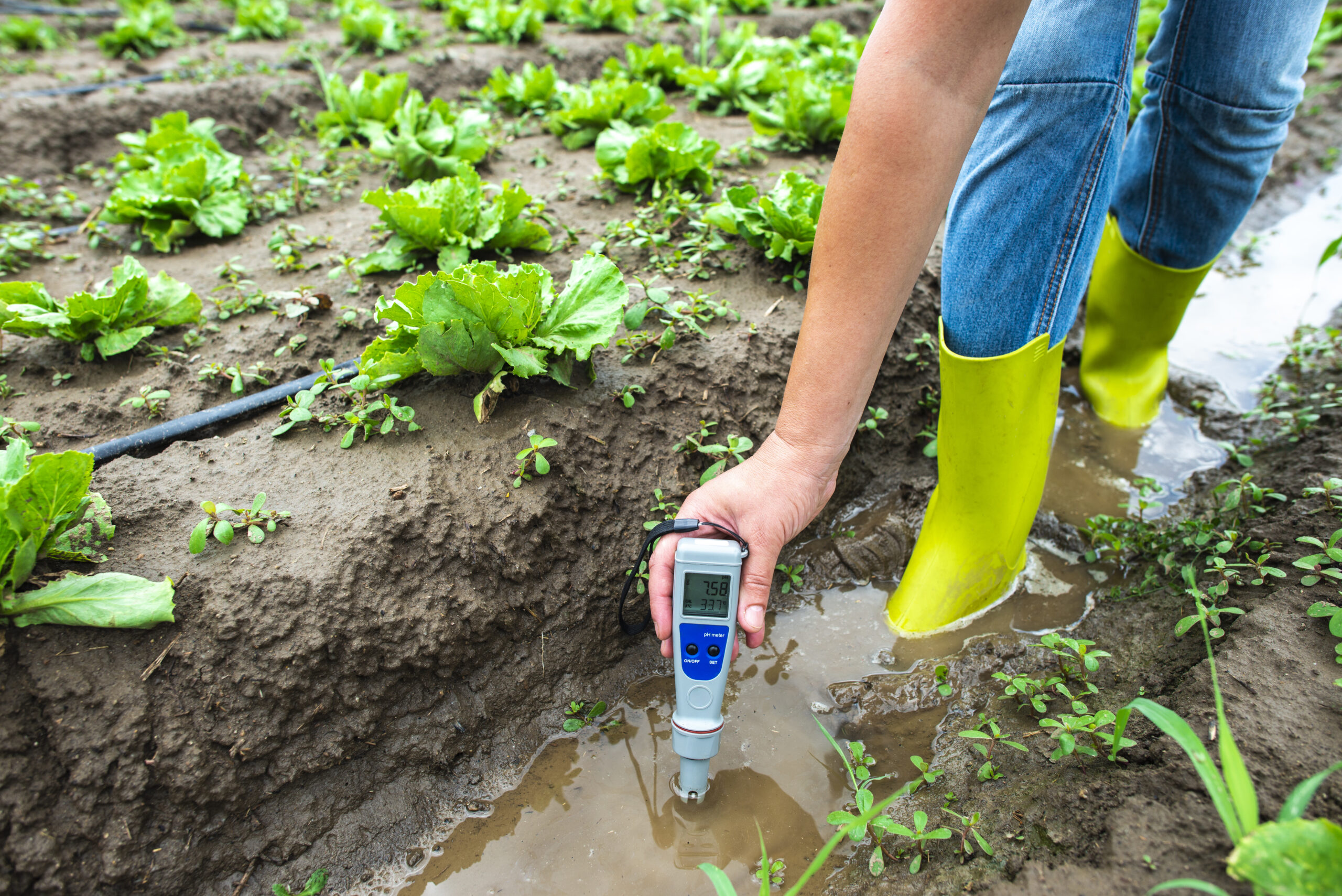The light spectrum, which encompasses the range of different wavelengths of light, plays a crucial role in influencing various aspects of plant growth and development. Different wavelengths of light are absorbed by pigments in plants, primarily chlorophyll, carotenoids, and other accessory pigments. These pigments are responsible for capturing light energy and driving photosynthesis, which is essential for plant growth. Here’s how different parts of the light spectrum affect plant growth:

1. **Blue Light (400-500 nm):**
– Blue light is essential for the development of chlorophyll and other pigments necessary for photosynthesis.
– It influences the opening and closing of stomata (tiny pores on leaves) and helps regulate water and nutrient uptake.
– Blue light is particularly important for promoting vegetative growth, including leaf and stem development.
2. **Red Light (600-700 nm):**
– Red light is critical for photosynthesis and is the most effective in driving the process.
– It plays a key role in influencing flowering and fruiting processes.
– Plants exposed to more red light relative to blue light tend to exhibit elongated growth and stretching.
3. **Green Light (500-600 nm):**
– Green light is not as efficiently absorbed by chlorophyll and is often reflected, giving plants their green color.
– While plants can still utilize some green light for photosynthesis, it contributes less to the process compared to blue and red light.
4. **Far-Red Light (700-800 nm):**
– Far-red light influences various physiological processes, including seed germination and flowering.
– It plays a role in the shade-avoidance response, where plants grow taller to compete for sunlight when they sense the presence of neighboring vegetation.
5. **Ultraviolet (UV) Light (less than 400 nm):**
– Although not as central to photosynthesis, UV light can stimulate the production of secondary metabolites like flavonoids and antioxidants that help plants respond to stress and protect against UV damage.
6. **Full Spectrum Light:**
– Plants require a balance of different wavelengths for optimal growth.
– Providing a full spectrum of light that includes blue, red, and other wavelengths, such as green and far-red, helps mimic natural sunlight and promotes overall plant health and productivity.
The specific light spectrum requirements for plants can vary based on factors such as the plant species, growth stage, and intended outcomes (e.g., vegetative growth, flowering, fruiting). Growers often use specialized lighting systems, such as LED grow lights, to manipulate the light spectrum and tailor it to the specific needs of their crops. By optimizing the light spectrum, growers can enhance photosynthesis, control plant morphology, and influence various physiological processes to achieve desired growth outcomes.




